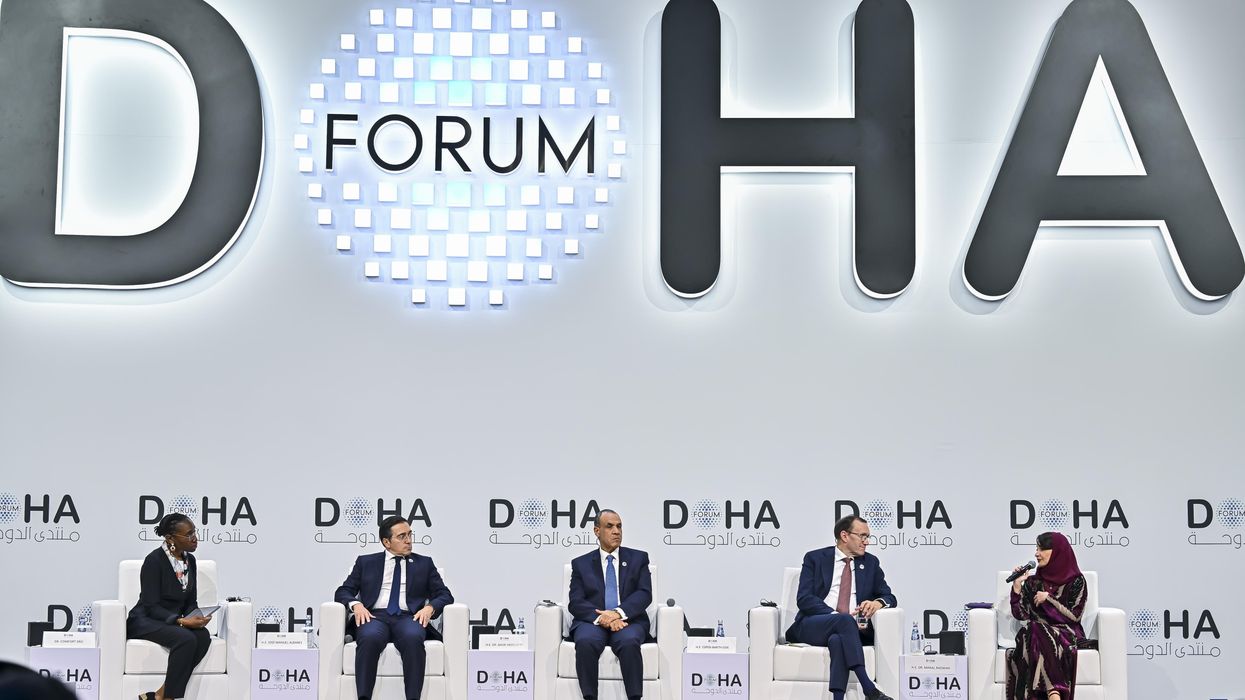Word is that Israel is getting a bit nervous as one after the other, Iran hawks are being shuffled out of key foreign policy and national security positions in the White House.
Meanwhile, "America First" realists continue to be in ascent.
According to news in the last 24 hours, Eric Trager, who was heading the Middle East and North Africa portfolios for the National Security Council, has been removed from his position. Trager, who is the former Esther K. Wagner Fellow at the pro-Israel Washington Institute for Near East Policy, is considered an Iran hawk and was appointed to the post by Mike Waltz.
Morgan Ortagus, considered one of the "strongest pro-Israel supporters in the administration," was also shuffled out of her role as the Lebanon envoy under Steve Witkoff. Her removal from the position, which had been hinted in recent days, "stunned officials in Jerusalem, where she is viewed as closely aligned with Israel interests," according to YNet News. Her Lebanon trip this week was reportedly canceled and she would have no further role on Witkoff's team.
News of the "purge" began last week when it was also announced that a number of NSC officials were being let go by acting national security adviser Marco Rubio in a broader effort to drastically slim down what the administration sees as a bloated and inefficient agency. Most of the targets were not identified at the time, but we now know they included dual U.S.-Israeli citizen Merav Ceren, who was working the Iran and Israel desk and had previously worked with the Israel government.
Observers point out that all of these changes are coming amid stepped-up Trump Middle East policy, where he is at once trying to get a nuclear deal hammered out with Iran, withdraw troops from a new Syria, and make deals with partners in the Gulf. His frustration with Benjamin Netanyahu over Gaza and his insistence on a military approach to Iran has spilled over into the press in recent weeks. His firing of Waltz in early May was reportedly in part because Waltz had been talking about war plans with Netanyahu behind Trump's back.
“Trump’s foreign policy team is undergoing a course correction in keeping with his own pivot,” Marwa Maziad, a professor of Israeli politics at the University of Maryland, told Middle East Eye.
Meanwhile, the realists seem to be gaining more traction in the Trump orbit. Justin Overbaugh, nominee for Deputy Under Secretary of Defense for Intelligence and Security, is expected to be confirmed by the Senate after little resistance from key committees in Congress. A retired Army colonel with service in both the Iraq and Afghanistan wars, Overbaugh is a former Defense Priorities fellow.
- Trump fired Waltz because he wanted to attack Iran ›
- Reports: Trump fires embattled hawk Mike Waltz from White House ›
- Former Israeli official on NSC let go in weekend purge ›
















